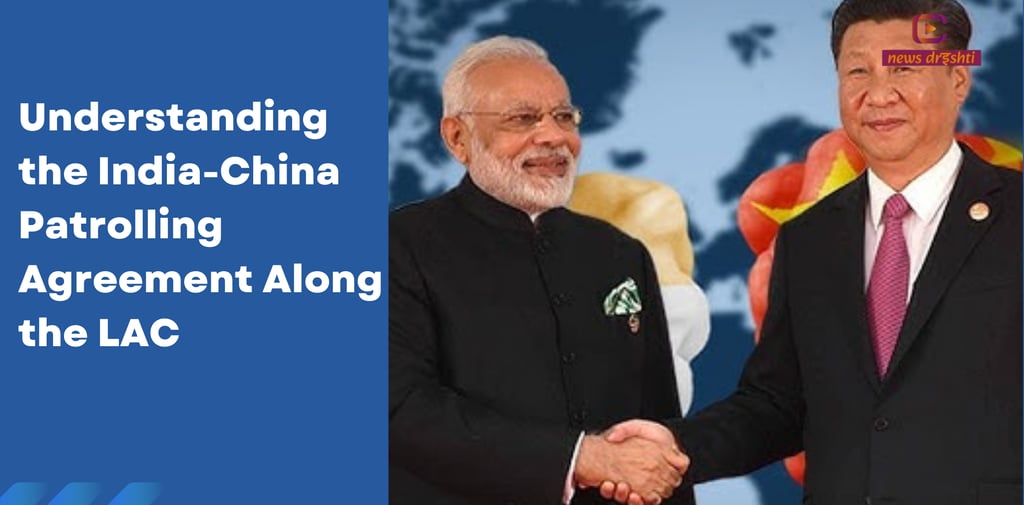Understanding the India-China Patrolling Agreement Along the LAC
The Line of Actual Control (LAC) between India and China has been a hotspot for tensions. A new patrolling agreement aims to reduce conflicts by establishing clear protocols and promoting regular communication. This agreement reflects a crucial step toward peaceful relations and improved regional security.
INTERNATIONAL


Introduction to the LAC and Its Importance
The Line of Actual Control (LAC) is a crucial boundary between India and China, marking the areas each nation controls. Over the years, this boundary has been at the heart of tensions and negotiations, driven by territorial disputes. As both countries strive for peace, an agreement on patrolling the LAC is key to stability.
Historical Context of the Agreement
The LAC has long been a source of friction, with differing interpretations of the boundary leading to frequent clashes, especially in places like Ladakh. Events such as the 2020 Galwan Valley incident highlighted the urgent need for clear communication. As a result, India and China have recognized that a patrolling agreement is essential to avoid future conflicts and misunderstandings.
Framework of the Patrolling Agreement
The patrolling agreement is a significant move toward easing tensions along the LAC. It establishes protocols for both nations to track patrol movements, reducing the chances of miscommunication and accidental confrontations. The agreement also encourages regular military-level dialogues, providing a structured way to address disputes and ensuring transparency during patrols.
Moreover, both countries are expected to exercise restraint during patrols to build trust and maintain peace. These operational practices emphasize accountability and are designed to prevent escalations. The commitment to following these protocols is vital for creating a more stable environment along the LAC.
Implications for Regional Security
This agreement has broader implications for security in the region, signaling a diplomatic approach to managing territorial disputes. It also sets the stage for similar agreements in other contentious areas, which could help manage conflicts more effectively across Asia. Ultimately, the agreement showcases a shared commitment to resolving issues peacefully.
Conclusion
The patrolling agreement marks a key development in India-China relations, reflecting a mutual effort to reduce tensions. As the world observes closely, this could become a model for managing disputes in other regions, promoting peaceful coexistence through mutual respect and dialogue.
